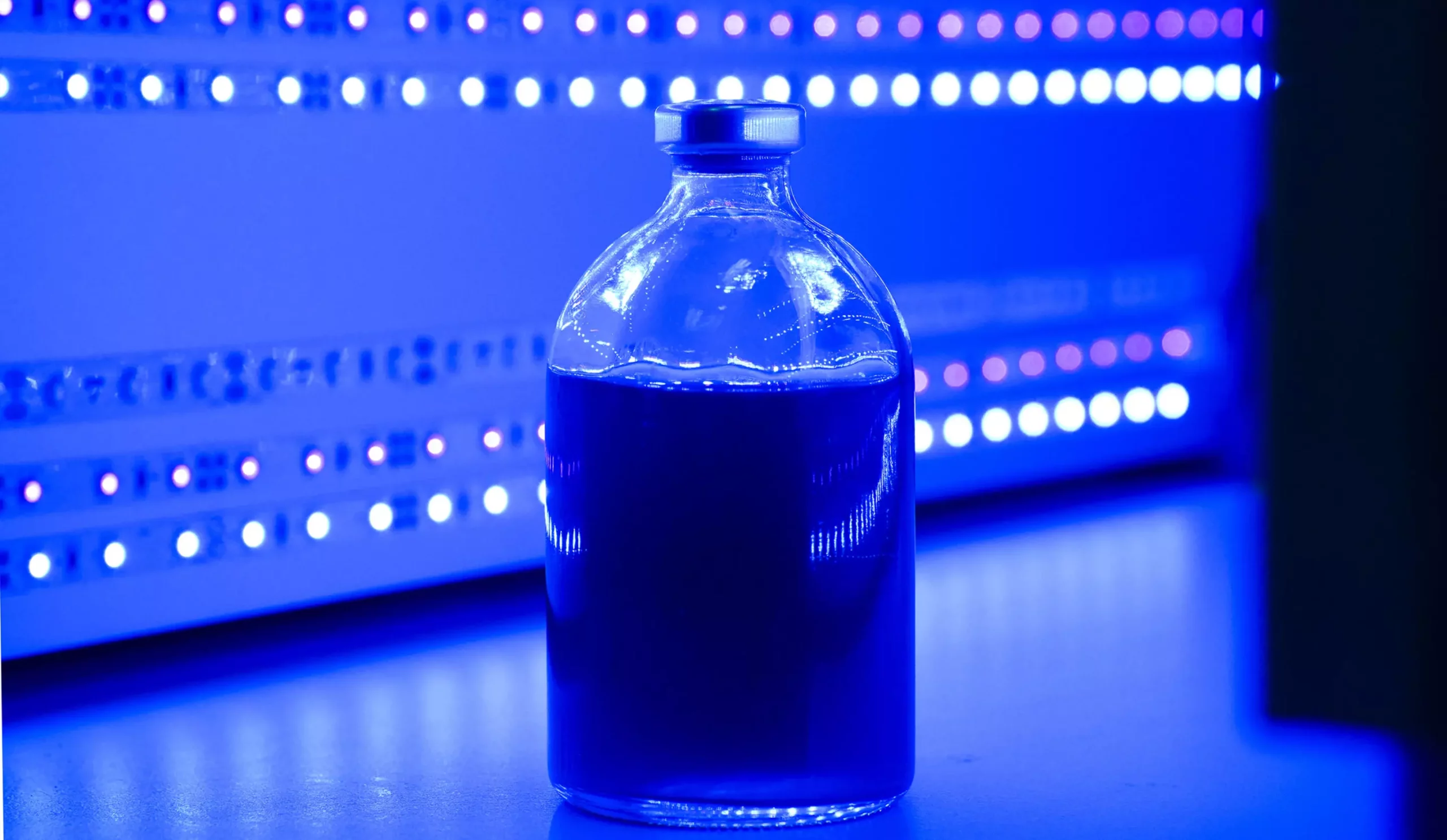Nitrogenases are considered to be one of the most crucial enzymes on Earth, as they play a significant role in providing bioavailable nitrogen to all forms of life in the form of ammonia (NH3). In addition to their role in nitrogen fixation, some nitrogenases have the exceptional ability to convert CO2 into valuable hydrocarbon chains, making them an intriguing target for biotechnological processes.
A team of researchers led by Max Planck scientist, Johannes Rebelein, based in Marburg, Germany, has recently shed light on the substrate specificity and preferences of nitrogenase enzymes. Their findings, published in the journal Science Advances, challenge the existing understanding of nitrogenases and underscore their potential for sustainable bioproduction.
Nitrogen, being a vital building block of cellular structures, is predominantly found in the form of gaseous N2, which is inert and cannot be utilized by cells. Nitrogenases, a specific family of enzymes, are capable of converting N2 into bioavailable ammonia. The researchers discovered that certain nitrogenases can also catalyze the reduction of CO2 into hydrocarbons and formic acid, highlighting their versatility in producing potential energy sources and industrially significant chemicals.
The researchers focused on the photosynthetic bacterium Rhodobacter capsulatus, which possesses two forms of nitrogenase enzymes: molybdenum (Mo) nitrogenase and iron (Fe) nitrogenase. Through biochemical tests comparing their CO2 reduction capabilities, the researchers found that the Fe nitrogenase was three times more efficient in reducing CO2 compared to the Mo nitrogenase. Moreover, the Fe nitrogenase demonstrated a preference for CO2 over N2 as a substrate, contrasting with the Mo nitrogenase’s selectivity for N2 reduction.
The study revealed that Fe nitrogenase-catalyzed CO2 reduction might be more prevalent in nature than previously thought, indicating its significance in microbial communities across different environments. The researchers also highlighted the potential of photosynthetic bacteria like R. capsulatus in utilizing light energy to drive nitrogenase-mediated CO2 conversion, which could have implications for environmental sustainability and the transition towards a circular economy.
The research conducted by the team in Marburg, Germany, provides valuable insights into the substrate specificity and preferences of nitrogenase enzymes, redefining our understanding of their potential in sustainable bioproduction. By exploring the diverse capabilities of nitrogenases, there is a growing opportunity to leverage these enzymes for the development of novel biotechnological processes that contribute to a more environmentally friendly and economically viable future.


Leave a Reply